Gently unfurling across five different counties in England’s southwest, the Cotswolds is the posterchild of the British countryside. With its honey-hued villages, quaint market towns, babbling brooks and slew of glorious gardens and stately homes (many with royal or historical connections), the region is a must-visit on any tour of the UK – and the perfect embodiment of everything that makes rural England quite so bucolic.
BEST PLACES TO STAY IN THE COTSWOLDS
The Lygon Arms
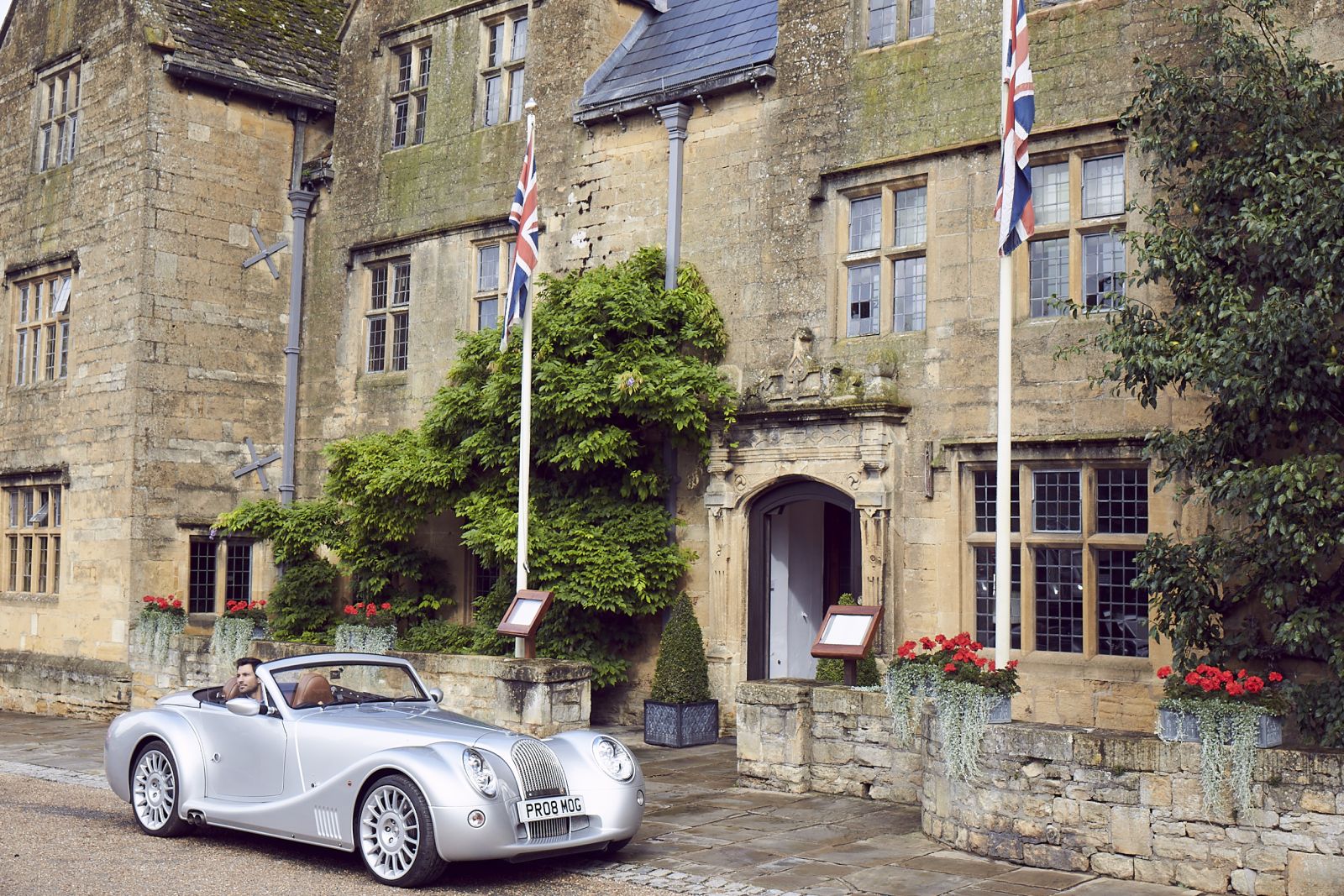
Throughout its 600-year history, the Lygon Arms has hosted an illustrious roll call of guests from Oliver Cromwell to Elizabeth Taylor – and history drips from the walls of its oak-beamed bedrooms in a plum location in one of the Cotswolds’ prettiest villages. Afternoon tea is served beside a roaring fire, and there’s a superb spa for soothing aching limbs after exploring the surrounding countryside. READ MORE >
Lucknam Park
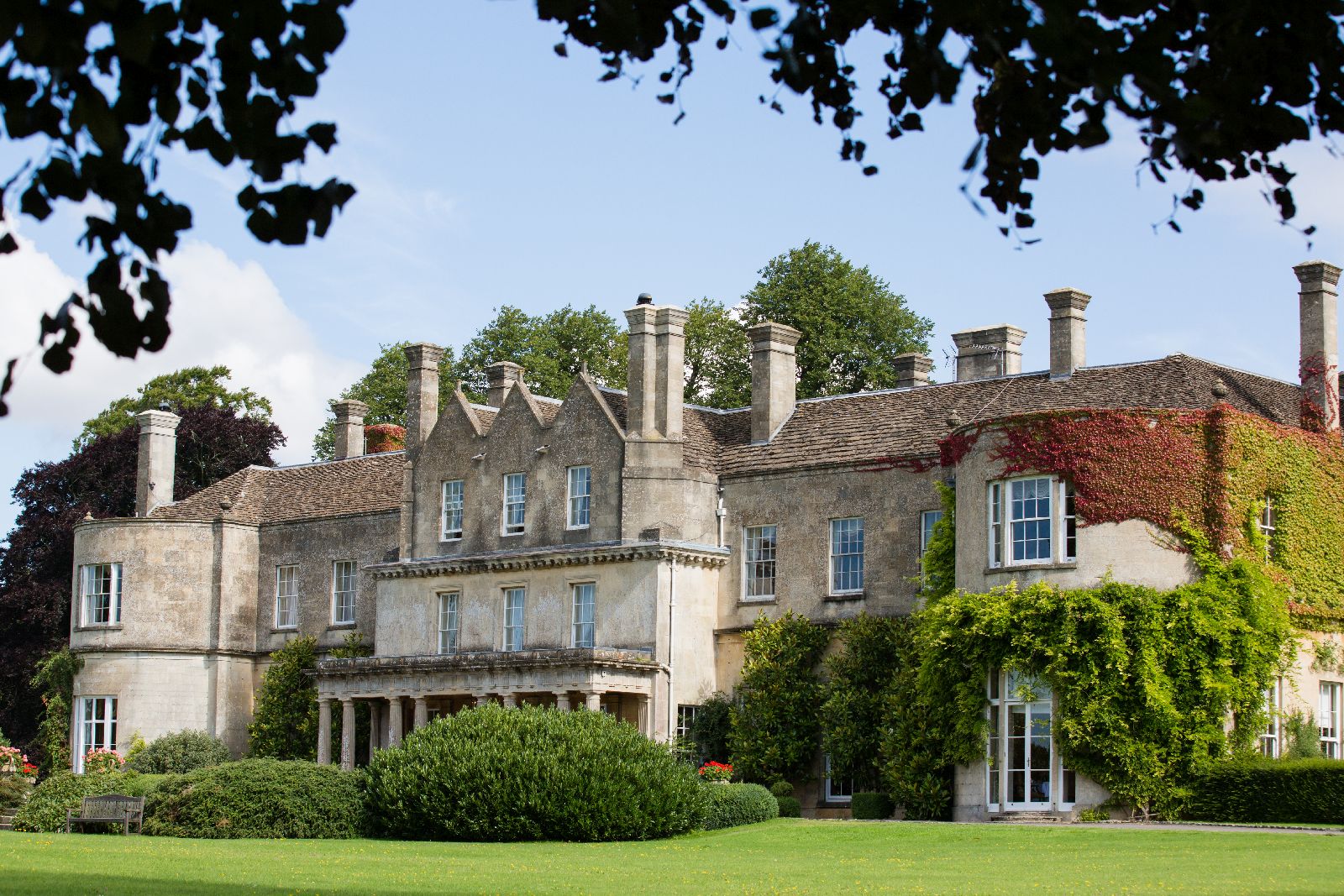
There are few better places to live out a Jane Austen fantasy than Lucknam Park, a deliciously old-school, decisively grand Cotswolds country estate just 20-minutes from Bath. The hotel’s 500-acres are geared up for every country pursuit under the sun – riding, clay pigeon shooting, duck herding and more – and the onsite Michelin-starred restaurant is well worth flinging on your finery for. READ MORE >
Dormy House
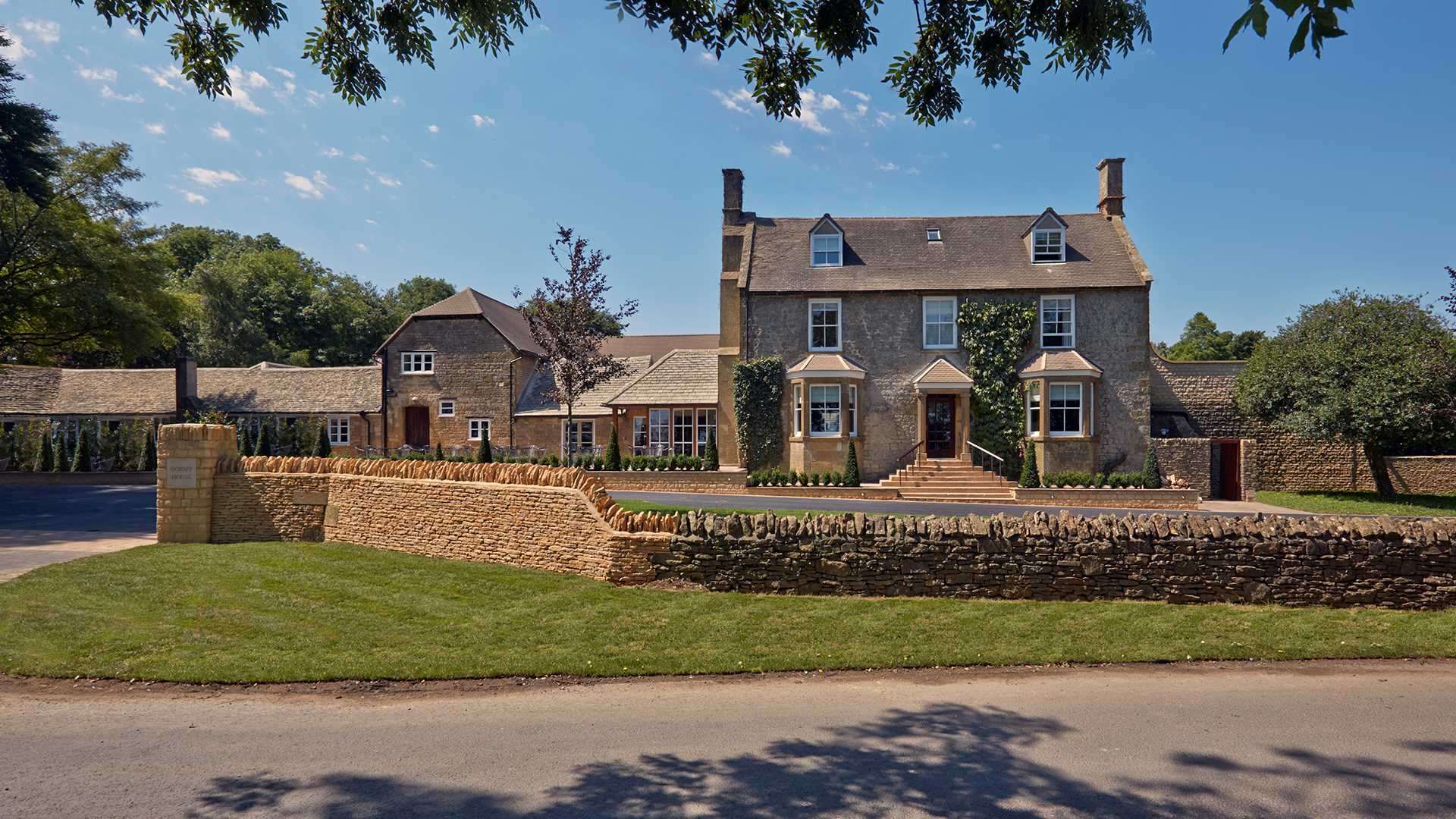
Nestled in the vast Farncombe Estate, Dormy House is the ultimate boutique Cotswolds stay – and its cossetting spa has made quite the name for itself among Londoners seeking an escape from the city. Expect serious culinary cache too – book well ahead for the chef’s table experience at MO, where hyper-locavore ingredients sit centre stage. READ MORE >
Royal Crescent Hotel
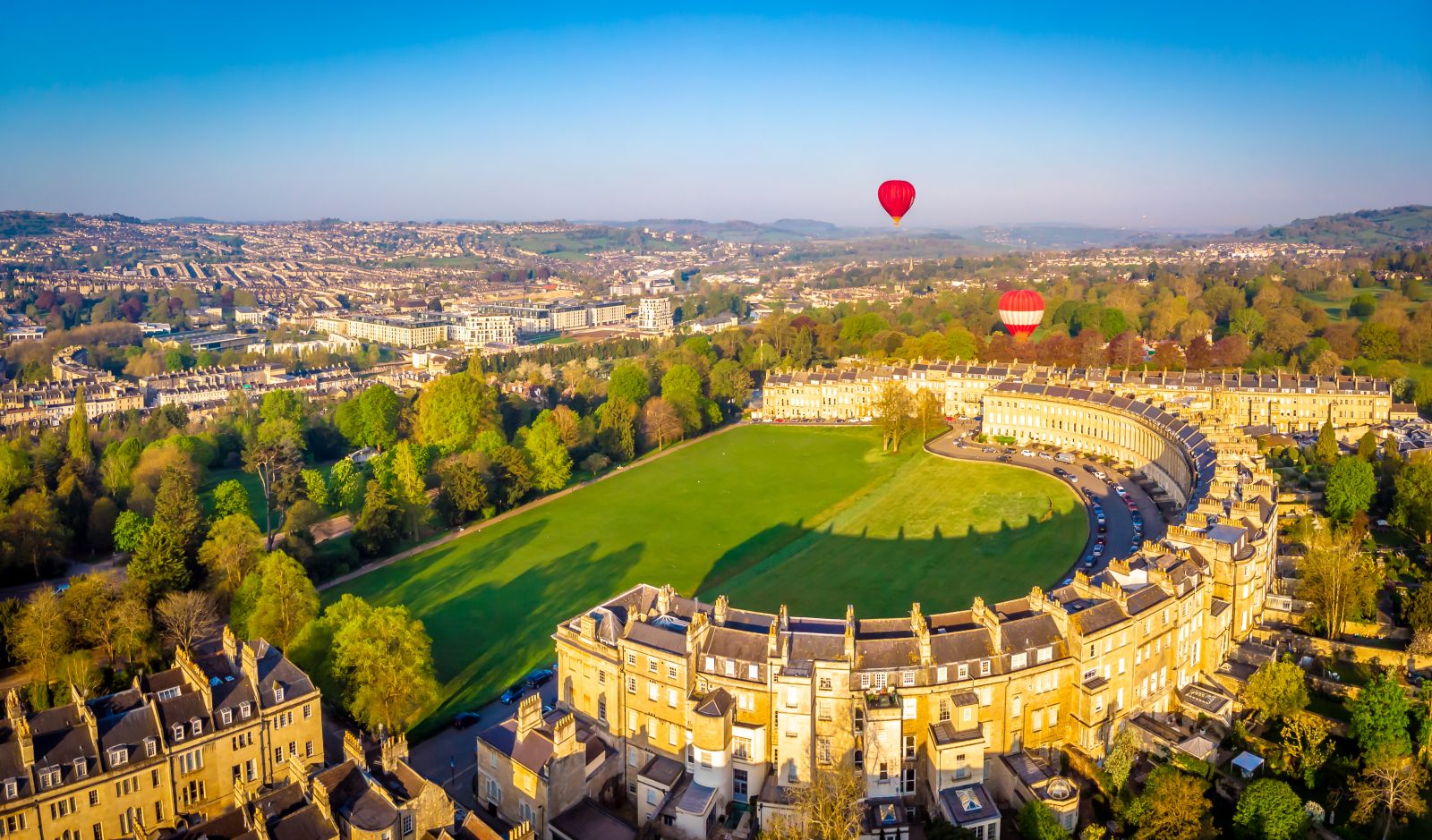
Spread across a handful of grand Georgian townhouses in Bath’s most prestigious address, The Royal Crescent Hotel’s real trump card is its location – and you’ll find elegant, old-school English charm here in spades. On sunny days, tables at the hotel’s fine-dining restaurant spill out into the peaceful gardens – and don’t miss a soak in the tranquil spa. READ MORE >
The Estate at Temple Guiting
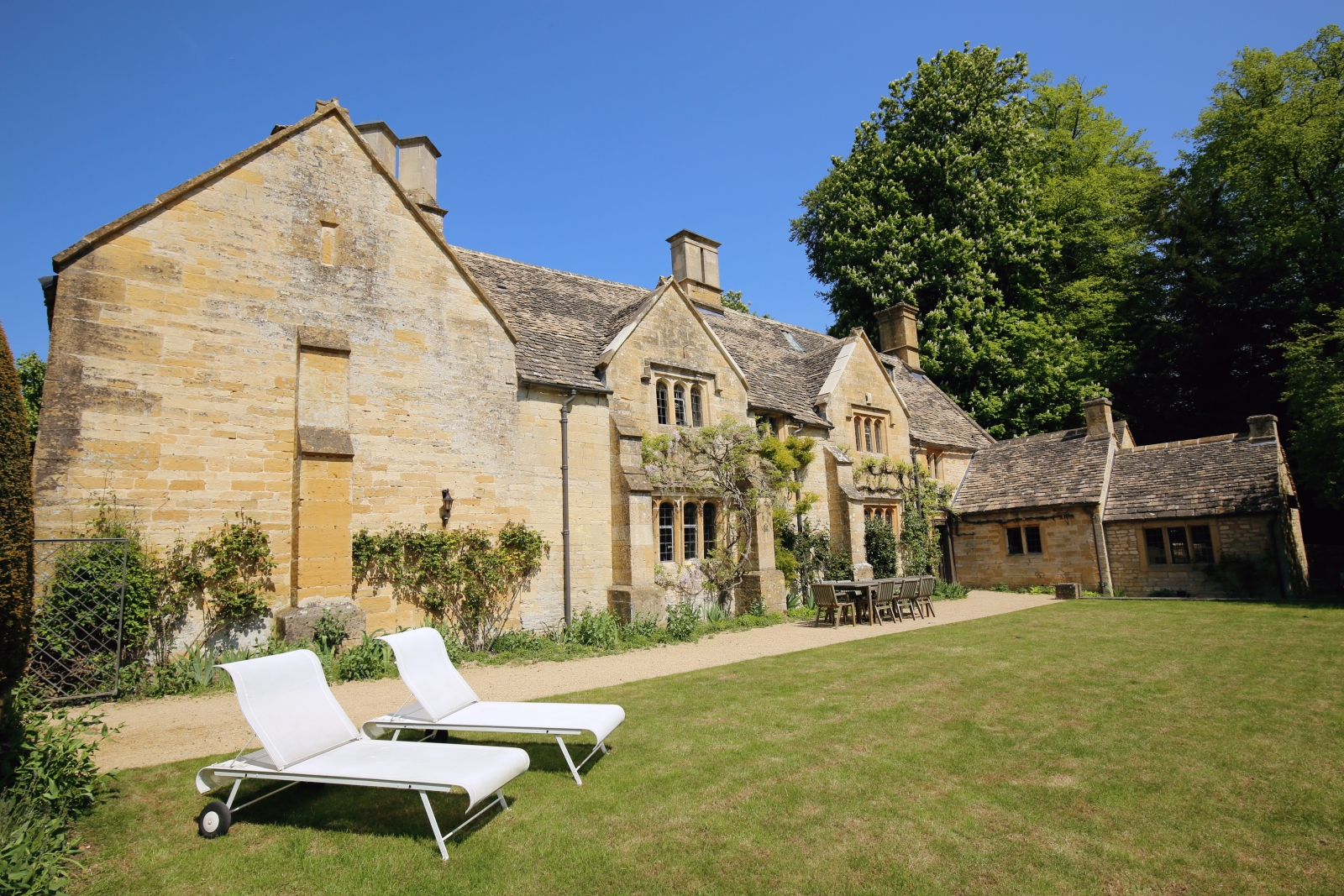
With room for up to 30 guests across Temple Guiting Manor and Temple Guiting Barn, quirky Temple Guiting Estate is brilliantly pitched for multi-generational gatherings and private celebrations. Packed with curios and antiques from the owners’ private collection, there’s plenty to keep all ages occupied, from the boating lake to the secret cinema –ingeniously squirrelled away in one of the manor house’s dovecotes. READ MORE >
Calcot Manor & Spa
It's no easy task appealing to families and romantics in equal measure, but Calcot & Spa has hit that sweet spot. With a reassuringly laid-back vibe and bicycles to hire, dens to build in the woods and tennis courts muck about on, it’s utopia for kids but bliss for grown-ups too, thanks to a bells-and-whistles spa and a top-notch brasserie with a sizeable cocktail list to boot.
BEST PLACES TO VISIT IN THE COTSWOLDS
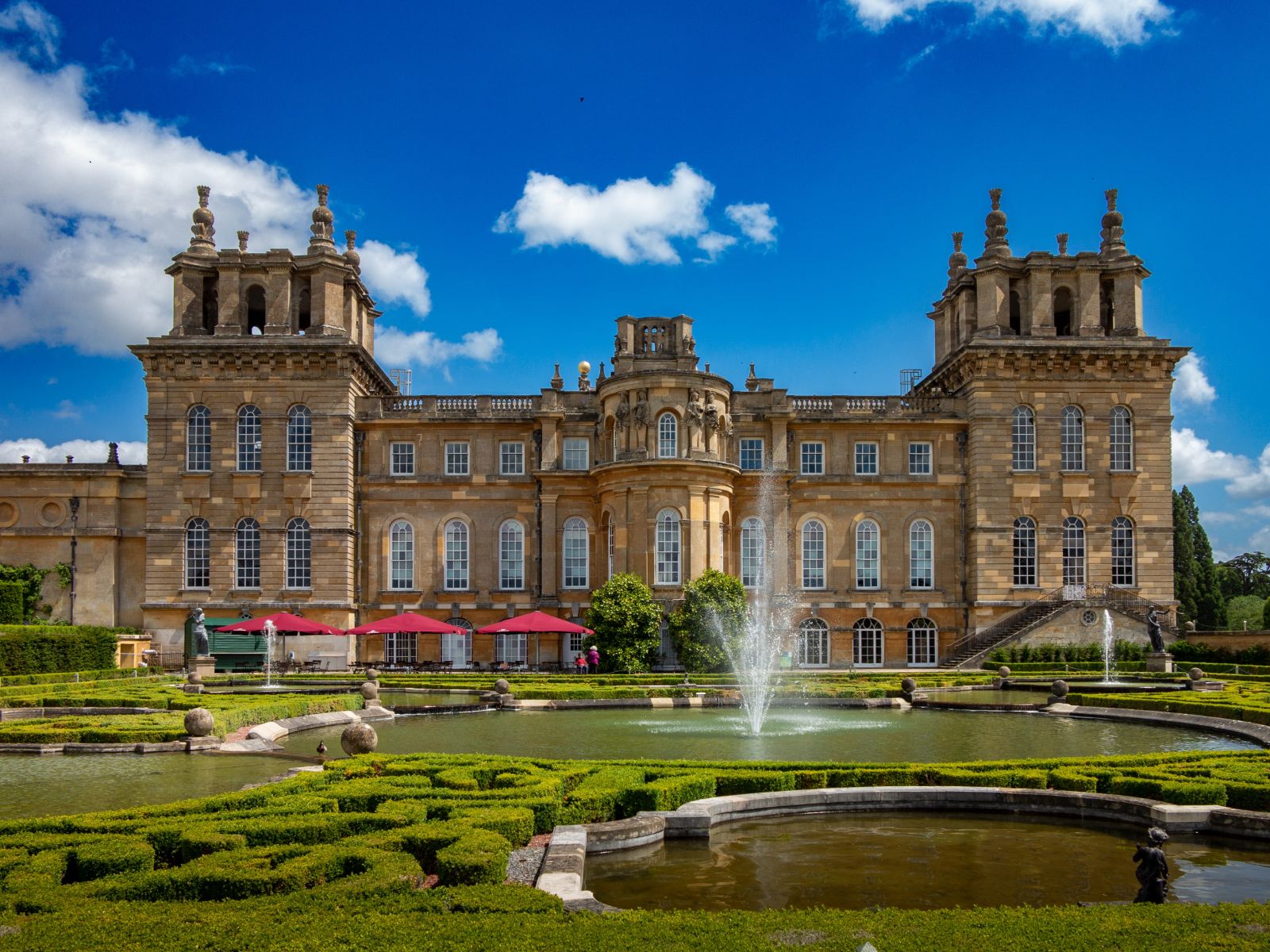
Cotswolds villages
Many of the Cotswolds’ rambling ivy-wrapped villages could have been plucked straight from a storybook. Highlights include Broadway, with its art galleries and antique shops; Burford, where visitors can snoop around its pretty medieval church, and jewel-box Bibury, which artist William Morris famously declared ‘the most beautiful village in England’. Bourton-on-the-Water is also well worth a visit; from here, walking trails along willow-lined river banks lead to sleepy Upper and Lower Slaughter, a lovely spot to settle into a cosy fire-warmed pub.
Cotswolds market towns
With its smart independent shops, quaint tearooms and direct links to London via train, the market town of Moreton-in-Marsh is the perfect Cotswolds launchpad. Don’t miss a trip to Stow-on-the-Wold to enjoy a pint of ale at The Porch House, England’s oldest pub – and for a culture fix, head to Cirencester, one of the most important towns in Roman Britain.
Regency Bath
Steeped in old-world romance, Bath met its heyday in the Regency era when well-to-do Georgians flocked to the Roman spa town to reap the benefits of its mineral-rich waters and attend high-society events in the city’s gilded ballrooms. A day or two exploring the handsome cobbled streets is guaranteed to transport you right back in time.
Hidcote Gardens
Heavily influenced by the Arts & Crafts movement, National Trust-owned Hidcote Gardens is home to countless rare species of flora and fauna sourced from exotic climes. Come to enjoy the gardens’ maze of hidden pathways, tree-lined avenues and brilliant blooms.
Roman Baths, Bath
Built by the Romans in 76AD, it’s impossible to visit Bath without seeing the city’s headline attraction. This wonderfully-preserved ancient spa complex provides a fascinating insight into the Romans’ bathing and socialising habits – and although you can’t bathe in the waters yourself, you can still walk in their footsteps via a superb interactive museum.
Daylesford Organic
Quite possibly the UK’s smartest farm shop, Daylesford is a temple to all things organic. Within its tangle of sage-shuttered stone barns there’s a butchery, bakery, creamery (renowned for producing award-winning Cotswolds cheese) and row upon row of brightly-coloured fruit and vegetables plucked straight from the grounds. Popular with local A-listers, there’s also an onsite cookery school and destination-worthy spa.
Highgrove
As the country home of King Charles and The Queen Consort, Highgrove House is off-limits to visitors – but its gardens are open to all. As a keen gardener and horticulturalist, King Charles was heavily involved in their design, and highlights include a four-acre wildflower meadow flush with endangered plants from around the globe.
Blenheim Palace
Best-known as the birthplace of Winston Churchill, Blenheim Palace is now the private home of the Duke and Duchess of Marlborough – and one of the most staggering examples of Baroque architecture in the UK. Ringed by Capability Brown-designed grounds, the palace’s gilded state rooms harbour priceless collections of art and antiques.
Sudeley Castle
With royal connections dating back over a century, Sudeley Castle is the final resting place of Henry VIII’s sixth and final wife, Katharine Parr – and the castle’s interiors are filled with a dazzling array of historical treasures and artefacts linked to Anne Boleyn and Elizabeth I.
Westonbirt Arboretum
Created by Victorian entrepreneur Robert Holford, Westonbirt Arboretum is home to one of the UK’s finest (and largest) collections of trees and shrubs from all corners of the globe – and plays an important role as a centre for research and conservation.
BEST PLACES TO EAT IN THE COTSWOLDS
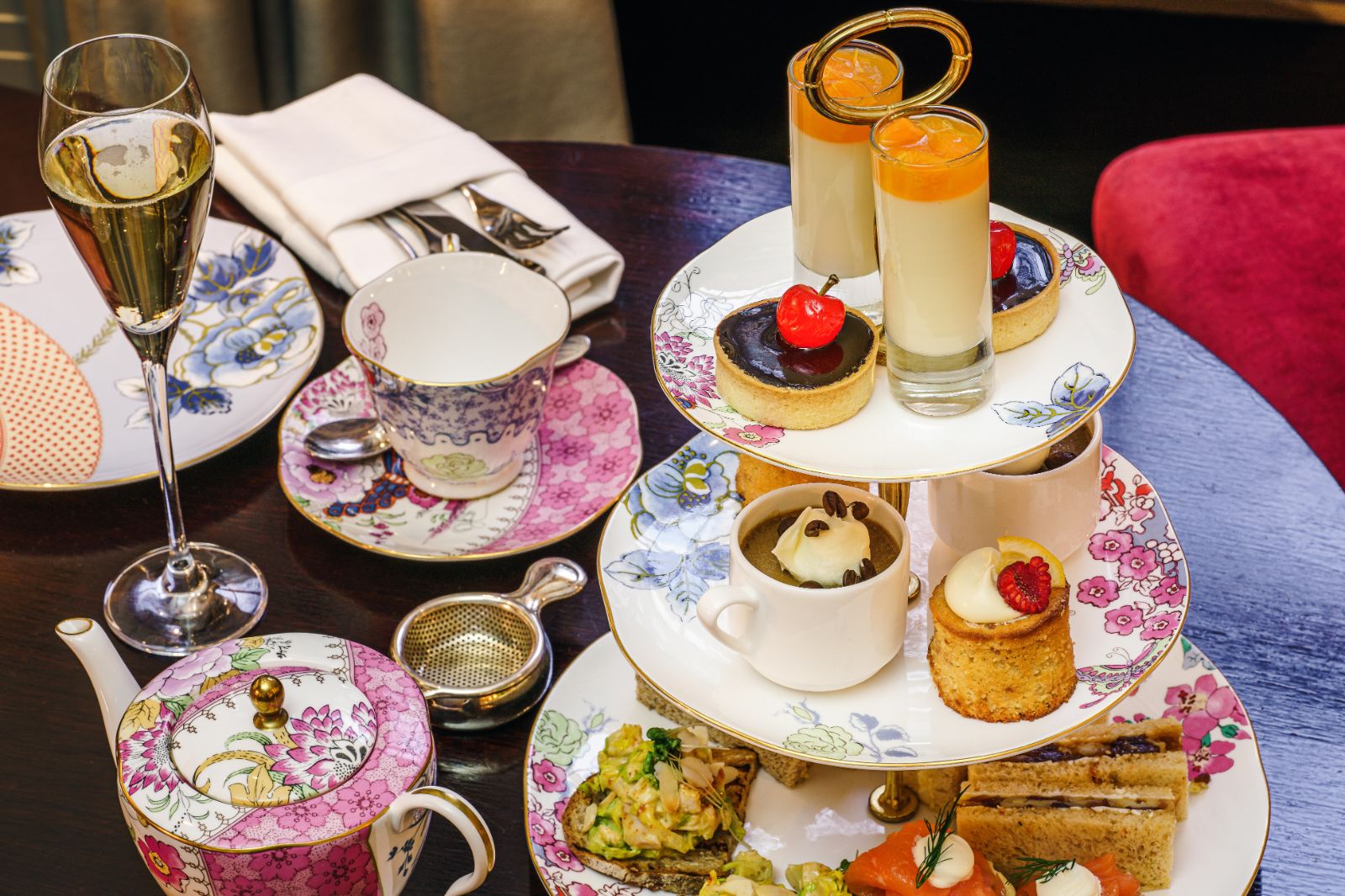
The Wild Rabbit, Kingham
This achingly smart country pub-with-rooms serves a daily-changing modern British menu with a proudly organic bent, with chefs foraging for ingredients on the neighbouring Daylesford Estate each morning.
The Dining Room at Whatley Manor, Malmesbury
For a special occasion dinner, you can’t beat the Dining Room at Whatley Manor. Highly creative 12-course tasking menus kick off with canapes in the kitchen so you can watch the chefs at work – and with two Michelin stars under its belt, it’s a restaurant well worth making the trip for.
Le Champignon Sauvage, Cheltenham
The modest exterior of this Cheltenham institution belies the culinary brilliance inside, and wonderfully unpretentious Michelin-starred chef-owner David Everitt-Matthias has been at the helm for over 35 years. Expect beautifully-executed plates of food showcasing the best of British ingredients with a French twist.
The Potting Shed, Crudwell
The Potting Shed is the perfect incarnation of a country pub, with tables laid out under the orchards in the summer. There’s a generous selection of British ales on tap, while rickety wooden beams and flickering fires add stacks of character.
GRILL by James Martin at the Lygon Arms
Star British chef James Martin heads up this upmarket brasserie in the magnificent vaulted dining room at the Lygon Arms. Come here to try James’ signature dishes (his beef wellington steals the show) – and save room for the very decadent puddings.
The Double Red Duke, Clanfield
Bag a seat at the counter in this former coaching inn for ringside seats of the chefs sizzling and smoking big cuts of locally-reared meat over an open wood-fired grill. There’s also a highly inventive selection of small plates and a sizeable cocktail list.
WHAT’S ON IN THE COTSWOLDS

The Cotswolds is well-known for its equestrian links. Big-ticket events throughout the year include the Badminton Horse Trials, the Festival of British Eventing (set in the picturesque grounds of Gatcombe Park, the Princess Royal’s country residence), and the Gloucestershire Festival of Polo, a lively celebration of Britain’s oldest team sport. Then there’s the Cheltenham Gold Cup, the undisputed highlight of the jump-racing calendar and the most hotly-anticipated event of the annual Cheltenham Festival.
During the summer, keep your picnic rug handy; big screens pop up at Cowley Manor and Westonbirt Arboretum to show movies under the stars, while the annual Battle Proms at Blenheim Palace has long been a firm fixture on the Cotswolds’ social calendar. In October, visitors flock to the Cheltenham Literature Festival for ten days of readings, recitals and talks from some of the biggest names in literature. There are plenty of downright quirky events too: the Cotswolds Olympick Games in May include tug-o-war, live music and torchlit processions, while the Boxing Day Bibury Duck Race sees thousands of rubber ducks launched into the river. And if you’re here during the festive season, don’t miss a visit to the Cotswolds’ very own reindeer herd on a farm near Cirencester – it’s the perfect family day out.
GETTING TO AND AROUND THE COTSWOLDS
The Cotswolds is a rural and remote pocket of the UK, and with local bus links few and far between, it can be a challenge to get around without a car. It takes between two and two and a half hours to drive to the Cotswolds from central London, but be warned: the narrow country roads can get very busy during the peak summer months. Alternatively, there are good rail links from London to the Cotswolds’ main cities including Oxford, Cheltenham and Bath, and trains run direct from London Paddington to the market town of Moreton-in-Marsh in around 90 minutes. If you’re arriving from overseas, Birmingham, Bristol and London Heathrow airports are all between one and one and a half hours away.
BEST TIME TO GO TO THE COTSWOLDS
The Cotswolds are an ideal year-round destination. In spring, cherry blossom bursts from the trees, bluebells carpet the verdant landscape and visitor numbers reach their peak in for the Cheltenham Gold Cup in March. The summer is a lovely time to enjoy the Cotswolds’ stately homes, award-winning gardens, and open-air events, while autumn heralds the start of leaf-peeping season and cries out for snug afternoons by the fire in traditional pubs. And at Christmas, there are few places in the UK more festive than the Cotswolds, when the region is overrun with Christmas markets, festive light shows and sometimes even a dusting of snow.














